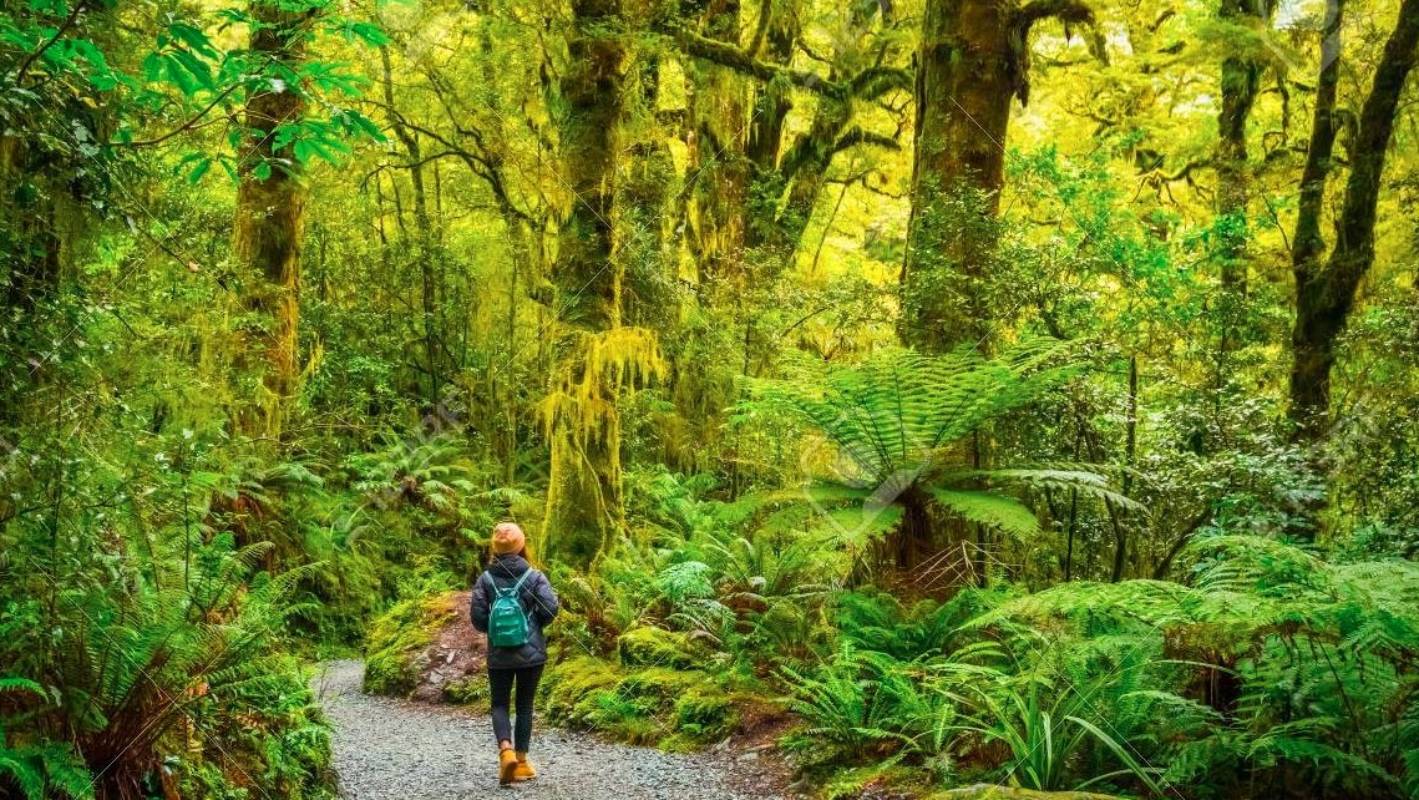The government has released a Draft National Policy Statement for Indigenous Biodiversity. It seems to be trying to right all the wrongs out in the environment and is going to be very costly for Local Authorities (read ‘Ratepayers’ – you and me) to implement. As drafted, it goes well beyond the core roles and responsibilities of Councils.
The draft document has some interesting issues (and a number of typos.) It talks about SNAs (Significant Natural Areas) and implies that Maori landowners can clear SNAs for a variety of reasons. Non-Maori landowners are prevented from doing so. See section 3.9 clause (2) d) iv.
The draft begins with some preliminary provisions one of which, section 1.7, deals with the ‘fundamental concepts’. The third of these is that there be no reduction as from the commencement date.
1.7 (3) Maintenance of indigenous biodiversity
The maintenance of indigenous biodiversity requires at least no reduction, as from the commencement date, in the following:
a) the size of populations of indigenous species:
b) indigenous species occupancy across their natural range:
c) the properties and function of ecosystems and habitats:
d) the full range and extent of ecosystems and habitats:
e) connectivity between and buffering around, ecosystems:
f) the resilience and adaptability of ecosystems.
This seems to be sloppy wording as clause c) applies to absolutely everything. It does not appear to be constrained to areas of ‘indigenous biodiversity’. When this comes into play there can be ‘no reduction’ in the ‘properties of an ecosystem’.
Excellent! Lawn mowing is forbidden – more time for hunting. Oh, wait …
Does clause a) mean that DOC cannot remove a native sapling to clear a walking track? Any such trimming would count as a reduction in the size of the population of said indigenous species.
The ‘fundamental concepts’ continue:
1.7 (4) Adverse effects on indigenous biodiversity
References in this National Policy Statement to adverse effects on indigenous biodiversity include effects including, but not limited to, the following:
a) loss of ecosystem representation or extent:
b) disruption of sequences, mosaics or ecosystem function:
c) fragmentation of loss of buffering or connectivity within and between habitats or ecosystems:
d)the reduction in population size or occupancy of threatened species:
e) the degradation of mauri:
f) a reduction in the richness, abundance or viability of species in habitats and
ecosystems:
g) pest vegetation or fauna incursions and changes that result in increased risk of
incursions:
h) disruption to indigenous fauna by people and their pets and livestock and changes that increase the risk of disruption:
i) a reduction in people’s ability to connect with and benefit from, indigenous
biodiversity including from benefits such as –
i. the historical, cultural or spiritual relationship of tangata whenua with their
taonga; and
ii. the scientific, educational, amenity, historical, cultural, landscape or natural
character values of indigenous species and indigenous habitats; and
iii. ecosystem services.
Every one of those metrics can be measured, counted, assessed or otherwise established with ground surveys or aerial photography EXCEPT “e) the degradation of mauri:”
Mauri is defined as “life principle, life force, vital essence, the life spark or essence inherent in all living things.” Something utterly unmeasurable or unquantifiable. How is your local Council going to measure this since maurimeters have not yet been invented?
Section 3 sets out what local authorities must do to implement or give effect to the objectives and policies of the National Policy Statement. 3.2 (2) c) says that Local Authorities must:
take steps to ensure indigenous biodiversity is maintained and enhanced for the health, enjoyment and use by all New Zealanders, now and in the future.
Let’s postulate that kauri die-back does its worst and every single kauri tree in New Zealand (or Aotearoa as it is referred to in this National Policy Statement) turns up its roots and dies. Or maybe myrtle rust wipes out every single pohutukawa. While either of those outcomes would be most regrettable, how would it impact the health of all New Zealanders? And how would your local council remedy your health degradation if you could no longer see a kauri or pohutukawa?
Hopefully, clearer minds will remedy some of this nonsense before the draft is finalised and regional and local councils are saddled with unnecessary extra costs.
Submissions close 5 pm 14 March.
If you enjoyed this BFD article please consider sharing it with your friends.

